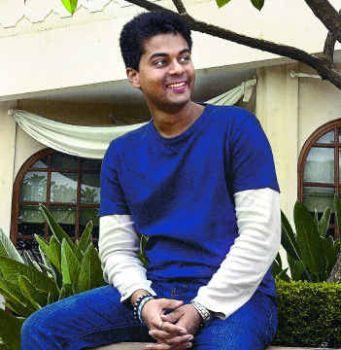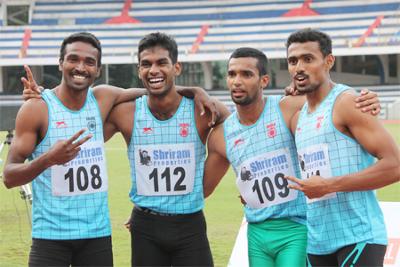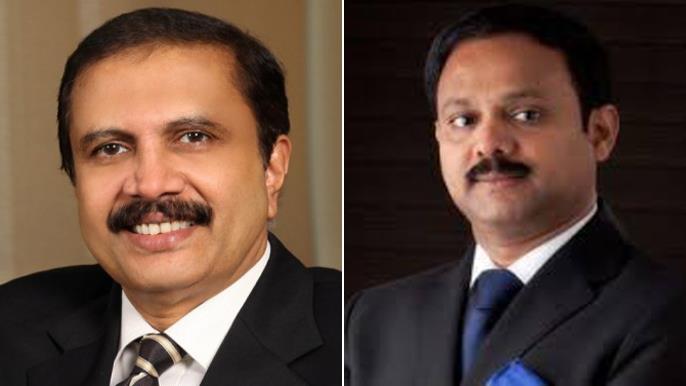Mumbai, MAHARASHTRA :
Zafar Karachiwalla talks of his career on stage, television and film with MINI ANTHIKAD-CHHIBBER

/ Photo: D. Gopalakrishnan
From the idealistic bureaucrat (Chai Pani etc) to a paan chewing nawab (Womanly Voices), from the slightly stuffy manager (Manasarovar) to the besotted lover (Romeo and Juliet), Zafar Karachiwalla has done them all and is looking for fresh peaks to conquer.
A born and bred Mumbaiite, Zafar went to a Jesuit school and studied commerce in college. “I was a regular college guy you know totally lukha, bunking classes and all. The first play I did was in French that was because I was studying in Alliance Francaise. And that is when I realised that theatre is a fun thing. I started off with Shakespeare and contemporary Indian writing and kind of worked my into professional theatre.”
Theatre for Zafar is not a stepping-stone to films. “No way! I know it is difficult to make a living out of theatre but last year I did 150 shows in 365 days. I earned enough but it is difficult to sustain that kind of momentum.”
Theatre for Zafar is the “purest form of performance. You have to hone your craft to the nth degree, as there can be no goof ups. Theatre gives an instant feedback. You know it is like a drug. Once you do it you keep coming back for more and more. I believe film is a director and cinematographer’s medium, television is a writer’s medium and theatre is an actor’s medium.”
Zafar feels “theatre in India is changing. We are finding our own voice. College kids come in droves to watch a play. The culture is changing and that is heartening.”
Zafar has done a fair amount of television including the hugely popular Hip Hip Hurray and Neena Gupta’s Pal Chhin apart from the mega budget Sansar. Zafar is not taking up any telly assignments now, as he cannot “give that kind of time commitment.”
His filmi foray started with Mahesh Bhatt’s Zakhm. “Working with Bhatt saab was a wonderful experience.” Now there is “Anup Kurien’s Manasarovar, Anand Sivakumaran’s Detour and Karan Kandari’s Bye Bye Miss Goodnight. I am also doing a bilingual for a Los Angeles based director.
“I need to be doing something all the time. I make sure the whole day is choc-a-bloc with things to do. It is good to get home with a nice fatigue.” And work apart from theatre and film includes running the family business of material handling equipment.
With such a packed schedule, chilling out earlier meant, “hitting the discs and clubbing. Now it is more about getting together at a friend’s place and just chilling or catching a movie or something.” A self-confessed Star Wars freak, Zafar watched the latest, Revenge of the Sith. “I know nothing can match the original three but here you have Yoda fighting which is mind-blowing.”
Zafar is all set to direct his own play. “It is an adaptation of this anonymous work called Timely Manoeuvre and I am not going to act in it because unless you are bloody good or Clint Eastwood, it would be better to stick to one thing.”
Zafar’s formula for acting is “first think stupid. I cannot think of anyone more stupid than Romeo and Juliet,” he says categorically of the bard’s star-crossed lovers. So has he been crossed in love? “I was in a relationship for a long time now I am enjoying being single and when the right girl comes along, it will happen I guess.”
So all ye girls looking for a hyperactive, super talented Virgo, your search ends here.
source: http://www.thehindu.com / The Hindu / Home> Metro Plus Hyderabad / Home> Features / Wednesday – June 01st, 2005














